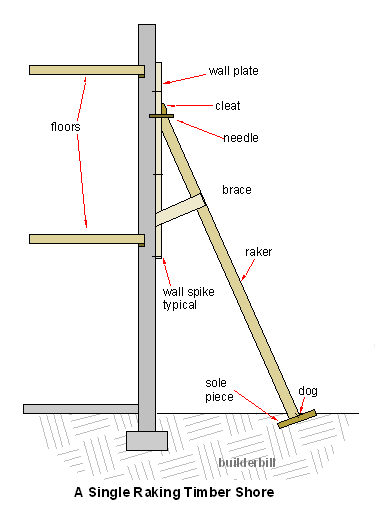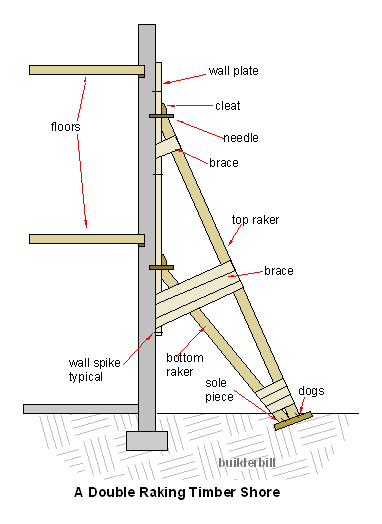Sample Question for Paper 5 Building Materials and Technology
Tolerance limits for construction are usually stated in the
A. wall sections
B. specifications
C. bills of quantities
D. production drawings
Ans: B
Building Construction
This blog is about architecture.
Tuesday, February 25, 2014
Building (Construction) Regulation 90
Every building shall be designed and constructed so as to
- inhibit the spread of fire within the building and to nearby buildings by dividing the building into compartments;
- provide adequate resistance to the spread of fire and smoke by the separation of different uses in a building by compartment walls and floors and by the separation of the building from any adjoining building or site;
- maintain the stability of the building in case of fire;
- provide adequate resistance to the spread of fire over the roof of one building to another having regard to the position of the building.
Building (Construction) Regulation 3
All materials used in any building works or street works shall be:
- of a suitable nature and quality for the purposes for which they are used;
- adequately mixed or prepared; and applied, used or fixed so as to perform adequately the functions for which they are designed.
PNAP (Practice Notes for Authorized Persons, Registered Structural Engineers and Registered Geotechnical Engineers)
include
- ADM (Administration)
- APP (Application)
- ADV (Advice)
Wednesday, October 12, 2011
Raking Shore
- Raking Shore
- A shore that is leaning at an angle (on the rake) to support the side of a building or other structure. The shore takes any thrust from the walls to the ground.
- Single Raker Shore
- A shore with only a single raking member, either timber or steel, aimed at a specific portion of a wall.
- Double Raker Shore
- A shore with two rakers to support a larger and higher section of wall.
 |
A Khmer temple in the Word Heritage listed Angkor Wat Historical Area. As you can see the 800 years old structures are in need of support. In fact a lot more than they are getting.
The art of shoring up old or damaged building is a very delicate one and should only be done by experts, preferably under the supervision of a good structural engineer. In cases like the one shown above there is a very real danger of collapse, so any false move could cause an accident, to workers and the structure.
Plainly said, the shores are there leaning against the building, nice and snug, and braced to stop them moving, but they are not used to push the structure in any way.
SHORING IS TO STOP MATTERS GETTING WORSE, BUT NOT TO RECTIFY ANY PROBLEMS.
 |
When I was a young guy in Northern England I lived in an area that suffered from subsidence due to coal mining. The sketch above is how we used to shore up houses that had started to give at the seams.
The main point to take from this sketch is the the raker and the wall plate do not just sit there under their own weight. They have to be fixed to the wall, and a couple of masonry anchors will not do it. The method commonly used was to put a needle into the brickwork and a cleat to stop it moving.
 |
The single raker was OK but far more often we used a double raking shore, even on only two story buildings.
For more on this type of shoring, the setting out etc. go to the next page
For non glossary articles of a general and how to nature go to the formwork section on this site.
Subscribe to:
Posts (Atom)

